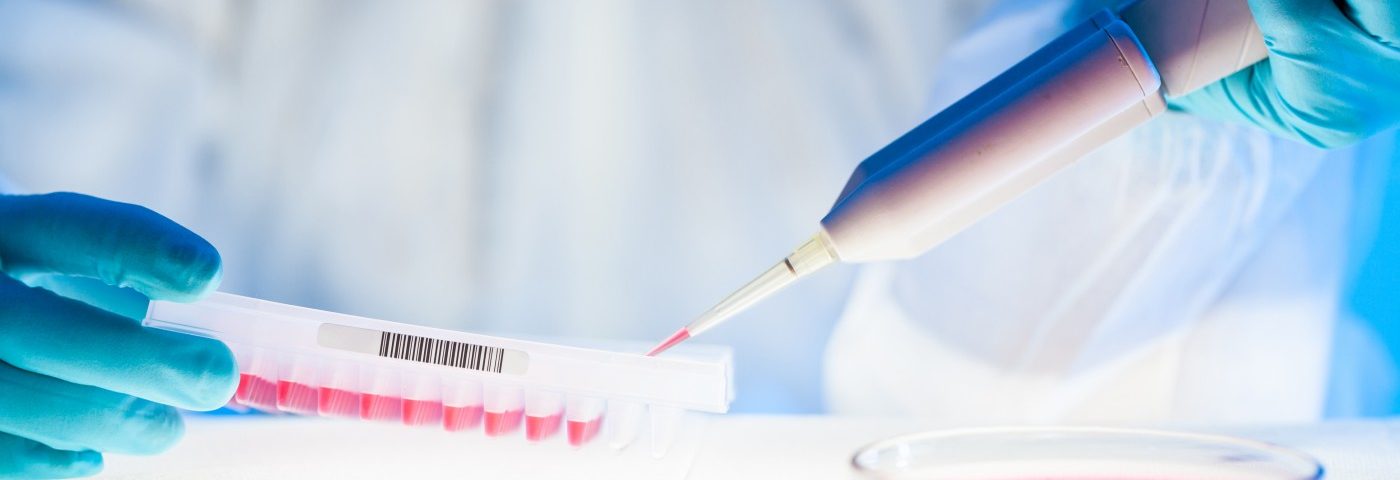Hoping to create a treatment with fewer side and better treatment effects, Brazilian researchers are working on a new drug for benign prostatic hyperplasia (BPH). In a new report, they describe how the compound, named LDT5, is processed in the body together with its safety profile in mice — a key step in the development of a new drug.
Researchers in Brazil, working to create a treatment for benign prostatic hyperplasia (BPH) with fewer side and better treatment effects, describe in a study how their compound, named LDT5, is processed in the body together with its safety profile in mice — a key step in the development of a new drug.
The study, “ADME studies and preliminary safety pharmacology of LDT5, a lead compound for the treatment of benign prostatic hyperplasia,” published in the Brazilian Journal of Medical and Biological Research, supports the compound’s further development.
When developing a potential treatment, researchers have to go through several types of studies. First, they need to show what the compound does in the body to aid the targeted disease.
In a previous study, the research team at the Federal University of Rio de Janeiro demonstrated that their chosen compound was able to both relax muscles to ease lower urinary tract symptoms (LUTS), and to prevent excessive prostate growth.
This, they showed, was possible because the compound acted as an alpha-1A receptor blocker (similar to current alpha blockers), while also blocking alpha-1D receptors and a serotonin receptor called 5-HT1A. Actions on the two latter receptors prevented prostate growth.
Second, researchers are required to show how the drug is processed within the body — its absorption, distribution, metabolism, and excretion. This is what researchers refer to as a drug’s pharmacokinetic properties. Needless to say, safety analyses also need to tag along.
To get as much information as possible, the team used several study approaches. Computer analyses of the compound’s chemical structure predicted that it would penetrate tissues, and the strength of its interactions with the receptors. The ability of a drug to be absorbed by the intestines and enter the bloodstream largely depends on its ability to penetrate tissue.
Further studies, using both cultured human and rat cells, confirmed that the drug could penetrate tissue and that it did not break down in human plasma at body temperature. The team also used lab-grown liver structures to test how LDT5 was processed in the liver.
This is particularly important, as a drug’s metabolism in the liver can give rise to both toxic breakdown products and interactions with other drugs. The liver holds an array of metabolic enzymes, and drug interactions can occur if a drug blocks or triggers the activity of an enzyme required for the metabolism of another compound.
Results showed that LDT5 did not block any of the examined liver enzymes, but is itself processed by one of them. They also demonstrated that in rat liver cells, metabolic structures processed the drug at a higher rate than in human cells — a difference that is important to take into account during further studies. Other experiments confirmed that LDT5 did not bind to other receptors to a relevant degree.
Animal studies also showed that neither short- or long-term dosing, with extremely high doses, gave rise to abnormal behavior or signs of illness. Researchers observed the animals’ movement patterns, food intake, reflexes, muscle tone, breathing, urination, and a range of other parameters to make sure that the drug did not cause apparent side effects.
“Thus, the present results support the further preclinical development of LDT5 and illustrate how a public-private partnership is important to put forward academic drug development projects,” the researchers concluded.

